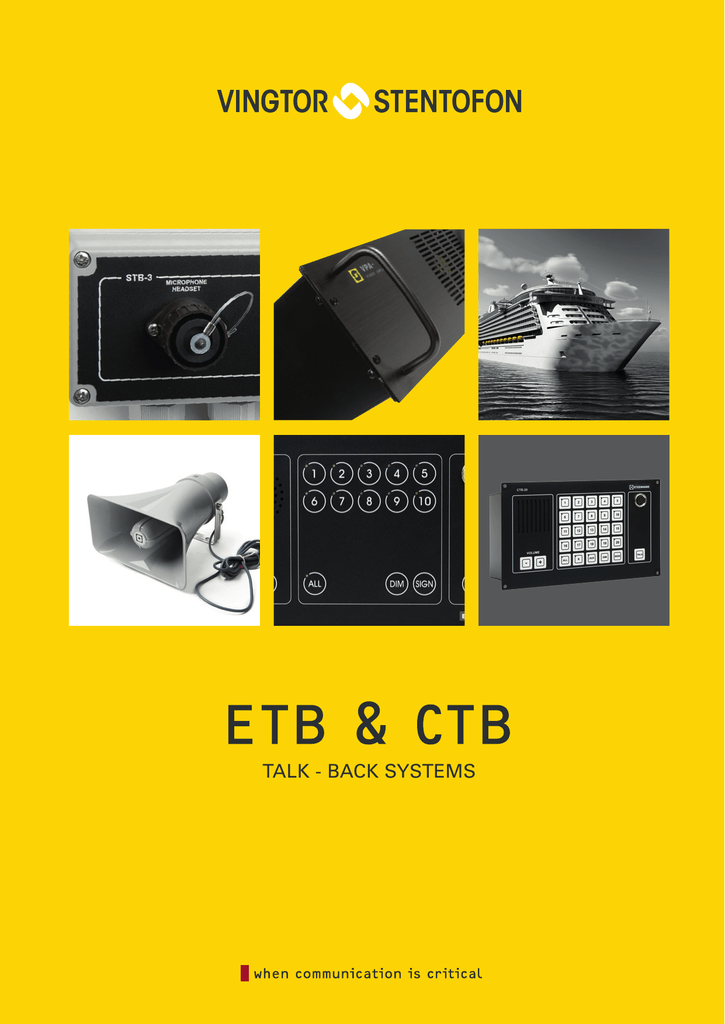
This trick is basically the opposite method that we just used in the park. Color Temperature Orange GelsĪnother technique we can use out on location is using color temperature orange gels on our flash so that we can cool our background while still maintaining fairly white light on our subjects. Having a few CTB gels in your bag can be a life saver when you need to fake a warm, sunny day when you might have an overcast day or the sun has already set. Typically I try to avoid shooting in shaded areas that has a strong blue cast but every now and then it's completely unavoidable.

Essentially what I am doing is bumping my camera's white balance up from 5000k to something around 7000k - 10000k so that my gelled light looks closer to white light than blue light. In a controlled studio environment, this effect might not have much use but when you are shooting out on location with natural ambient light hitting your scene, it will have dramatic effect on the color of your background.Ĭamera White Balance 10,000K, Flash gelled 1/2 CTBĪs you can see, this photo looks a little more inviting than the first photo where the background is blue because of the setting sun. The way I often use these gels is not as described above where I'm gelling warm lights and trying to cool them down, but rather I like to add cooling gels to my strobe light and then adjust my white balance to make my gelled light look white. My favorite brand of gels are those made by Rosco and I prefer the #3204 1/2 CTB gel for most occasions.

They can be placed direct over or around your light source to help cool the color or warm hot lights. This gel, shortened to CTB, is primarily used to cool down warm incandescent lights so they appear closer to white light which reads around 5000k. The first gel I want to talk about is color temperature blue. Many times users get fed up and either convert to CTB (one that prints everything the same line weight) or try to change everything to the same plot style (and trip over elements not set to BYLAYER, especially those nested in blocks).Using "party gels" to create extreme color shifts Color Temperature Blue Gels with no idea whether items should be thick, thin, or somewhere in between. Sharing STB files becomes more of an issue, I've had drawing files delivered with plot styles named "Style 1" "Fred" etc. You shouldn't let users run wild with their own color settings even though it doesn't affect printing - inconsistencies between drawings look bad to clients. It requires additional coordination to ensure items are on the right layer/right plot setting as you can't trust the color on screen. It does fall short in a couple of big ways though. It shines where you want to print both color and lineweight, especially where the line weight may change between STB files to emphasize certain features. STB lets you create well named line weights, whether by output (thick/thin/etc.) or by function (fence/wall/building/etc.). There's even the ability to set line weight BYLAYER, just like CTB. STB is almost exactly the same as CTB except instead of a predefined list of integers/ACI colors to map line weights to, you provide an arbitrary list of names such as "Thin" or "Thick halftone" or "Fred" (yes, I've seen that). all of this just adds liability for them doing it wrong and not adding your layers correctly. stb structure in order for them to inport your.

stb file transfer templates (can't remember that file type name), then they must also take the extra couple steps of converting their. This is partially because of a conversion process that needs to take place any time you want to switch between the two. stb files will only make it harder for you to get what you want. stb files work so if you intend to have your consultants add to your files, then them not having the experience with.

ctb files are becoming more obsolete, a sweepingly large majority of all contractors and engineering firms still only use. While the original commenter is right that. stb many times and I'll get into that more below. stb files so that's the way I understand it. ctb styles assign plot colors and line weight based off the color you see in CAD.Stb styles assign line weights and color based off the thickness of the lines you draw - so CAD models more accurately represent what they will print like.


 0 kommentar(er)
0 kommentar(er)
